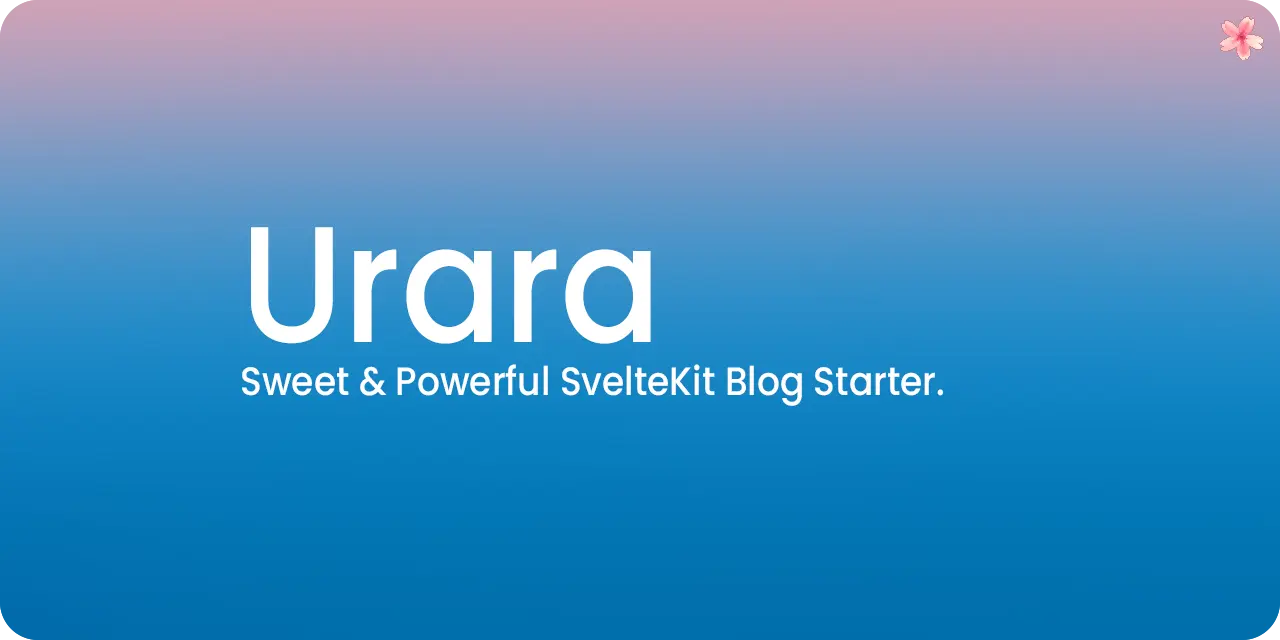This is a submission for NYT’s Summer Reading Contest Week 4. The article I’ve chosen is: “With End of Affirmative Action, a Push for a New Tool: Adversity Scores”
With End of Affirmative Action, a Push for a New Tool: Adversity Scores
Filling out my middle school application, I ask: “Dad, what do I click?”
“Click Asian, we’re considered Asian ” he says.
Across 8 billion people, the world has unique cultures, traditions and experiences.
So why do we reduce our identities to fit 1 of 5 checkboxes?
One word, one checkbox, one click, is all we get on a section that determines so much for an application. I’m Indo-Guyanese; my Indian ancestors were taken as indentured servants to work in Caribbean colonies.
My parents finally had a chance of moving to America to start new lives only after President LBJ lifted race-quota immigration. My dad joined the Army later getting an engineering associates. My mom, who never got the opportunity to finish high school, took up retail jobs.
Despite these challenges, their unwavering love and support allowed me to have a great education.
How am I to cram all of those experiences, hardships, history, into one word: “Asian”?
While Affirmative Action does have its merits, it has a crucially flawed implementation.This article brought up a great example of how U.C Davis created diversity— by creating an “adversity index,” meant to take into account variables such as a student’s “family income and parental education,” rather than relying on race as a factor. Multiperspectivity is important, taking into account other life challenges students overcame.
And it doesn’t limit you to just 1 checkbox.
